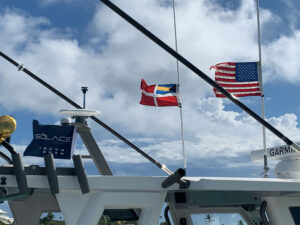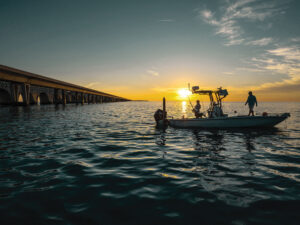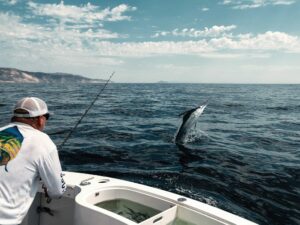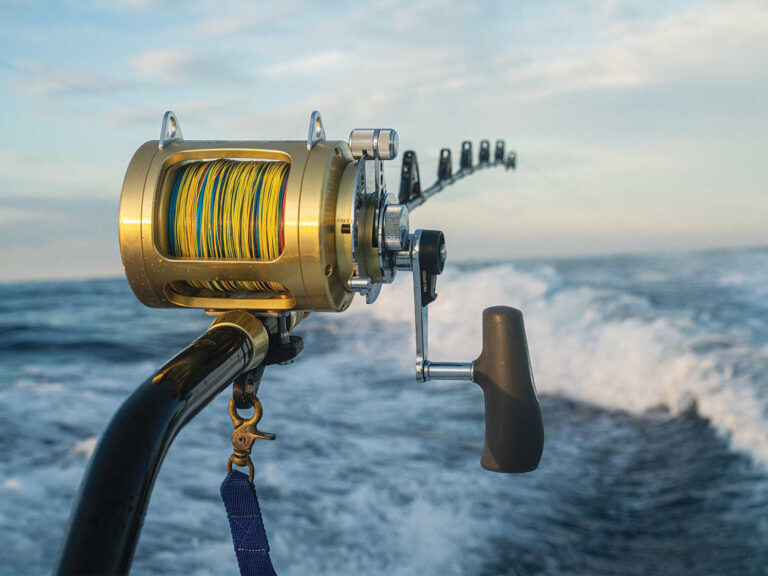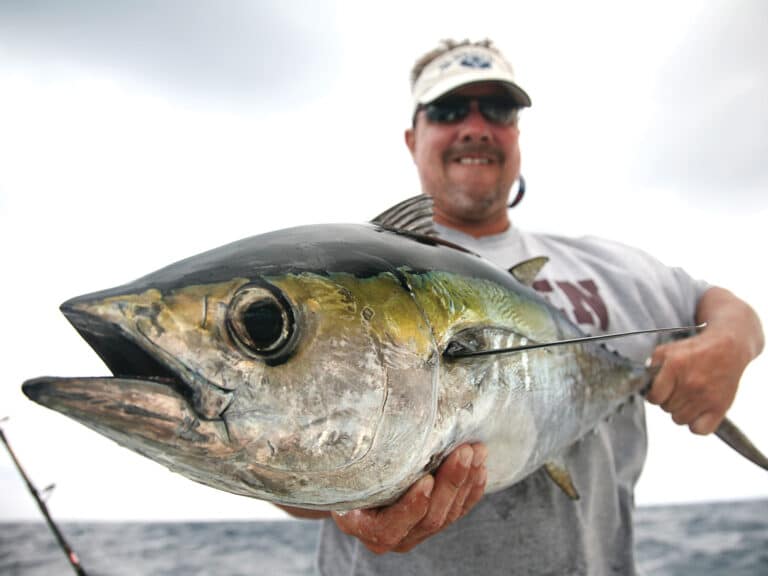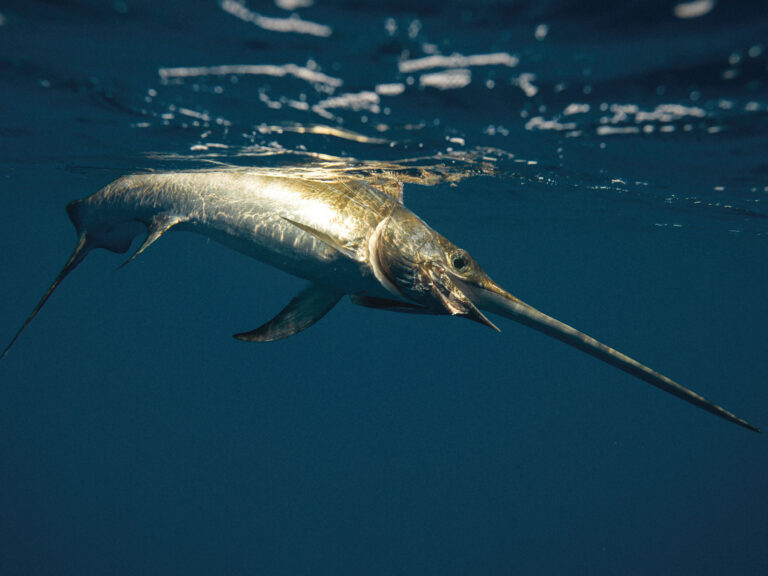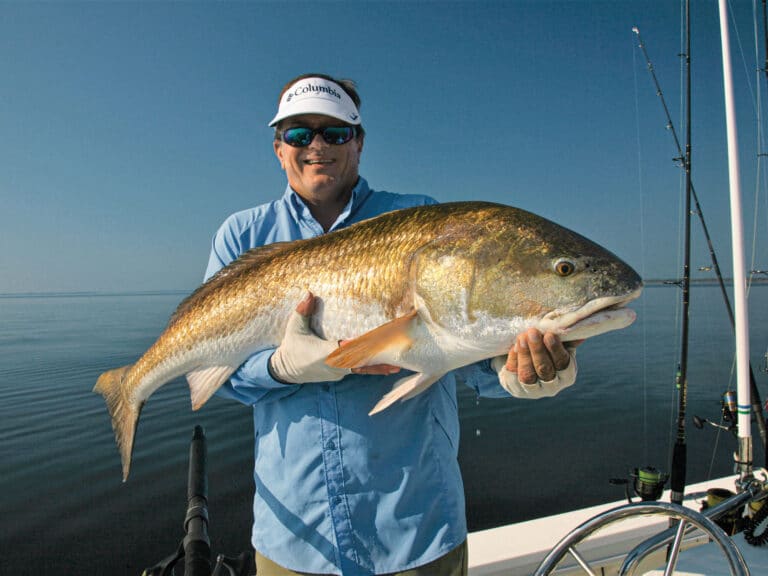
guide_to_southeast_bg
Review by Steve Raymond
Wilderness Adventures Press
45 Buckskin Rd.
Belgrade, MT 59714
Softcover; $26.95
On the subject of guidebooks, here’s another that’s tough to beat. Bob Newman has divided North America’s Southeast Coast into a series of discrete areas, like images on a strip of film, and then tells what you need to know to fish each area. Excellent maps will help you find your way.
Newman starts by listing 26 inshore or nearshore game fish species that inhabit the Southeast Coast, with brief information about their habitat, seasons, prey items, suggested tackle and recommended fly patterns. Some of these descriptions are quite colorful; for example, Newman calls the barracuda “a seagoing gargoyle.”
He also says that when a barracuda takes your fly, it’s best not to set the hook immediately: “Instead, wait until the weight of the fish can be felt and then strip strike. Hang on tight! The ‘cuda is going to absolutely lose its mind. It will run like a train, jump like a tarpon, charge the boat, swear out loud, and pull a gun on you – Yowza!”
Weakfish (gray trout)are also on his list, but of these Newman says: “Commercial overfishing has depleted stocks of these gamefish, so they will not be discussed here. To do so would be to encourage more pressure being put on these interesting gamefish.” Let’s hear it for responsible outdoor writing!
Next comes a chapter on forage species – 23 native to the southeast coast – with black-and-white illustrations by Newman’s wife, Susan. Here, you’ll learn when and where these fish are abundant and which species of gamefish target them.
Then Newman begins slicing up the coastline, beginning with North Carolina. Working his way south from Currituck Sound, he describes road, air and boat access to each fishing area, the game fish available and the nature of the fishing itself, including tactics, tackle, and places to try. The accompanying maps are a real bonus. If it’s true a picture is worth a thousand words, then these maps must be worth about 10,000 words each. Newman also provides lists of accommodations, restaurants, fly and tackle shops, marinas, guides and other services in areas with major populations.
After dissecting North Carolina, he does the same for South Carolina and Georgia, describing the fishing in similar detail for each state.
Then comes “Offshore Action,” a chapter on “green-water” and “blue-water” species, including tackle requirements and tactics, and another chapter on trip planning, with tips on how to arrange hotel, air or rental-car reservations and how to choose a guide.
The remainder of the book includes a directory of state agencies and other resources, a discussion on boating safety (with illustrated aids to navigation, light symbols, etc.), tackle recommendations (including Newman’s personal preferences for fly rods and reels), and a list of conservation organizations.
There’s also a section on “The Future of the Southeast’s Inshore Fisheries” which delivers some gloves-off criticism of North Carolina’s derelict management policies. “Once a state that boasted vast, clean coastal wetlands and saltwater fish populations that boggled the mind, North Carolina has become the laughingstock of coastal states, but it is no laughing matter,” Newman writes. “The Tar Heel State’s coastal waters are a shocking disaster when compared to other coastal states, and it isn’t going to get better any time soon. The state’s politicians are deep in the pockets of a very powerful commercial fishing industry that has decimated the fisheries as well as commercial agriculture that poisons North Carolina waters with near impunity.”
Newman writes in a straightforward, breezy style and tosses in just enough anecdotes to keep things lively. As the subtitle indicates, this guide covers “light tackle” as well as fly fishing, but the emphasis seems more on the latter. A good index helps make the book user-friendly.
Kudos to Newman for a thoroughly written and professional job. With this book in hand you’ll run like a train, jump like a tarpon, charge for your boat, swear to catch fish, and pull out your fly rod – Yowza!

